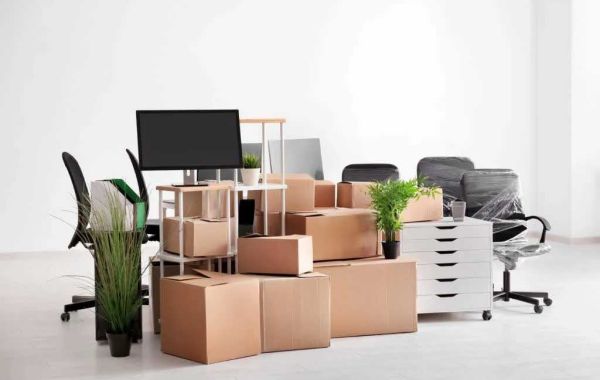To ensure a smooth and secure transition, it's crucial to plan and execute the move carefully. In this guide, we'll explore effective strategies for moving office equipment safely and how professional office moving-services can streamline the process.
1. Plan Ahead for a Smooth Move
The first step in any successful office move is thorough planning. Start by creating a detailed moving plan that includes a timeline, inventory list, and a designated team responsible for overseeing the move. Here’s how you can break down the planning process:
- Assess Your Equipment: Make a comprehensive list of all office equipment, including computers, printers, copiers, phones, and furniture. Note any special requirements for delicate items.
- Create a Moving Timeline: Set realistic deadlines for packing, loading, transportation, and unpacking. This will help ensure that all tasks are completed on schedule and minimize disruptions to your business operations.
- Assign Roles: Designate team members to handle different aspects of the move. This includes packing, labeling, and coordinating with moving professionals.
2. Prepare Your Office Equipment
Proper preparation is key to preventing damage during the move. Here are some essential tips for preparing your office equipment:

- Back Up Data: Before disassembling or disconnecting any electronic devices, ensure that all important data is backed up. This protects against data loss if something goes wrong during the move.
- Disassemble Equipment: Carefully disassemble any equipment that can be taken apart. Remove printers from their stands, take out ink cartridges, and unplug all cables.
- Label Everything: Clearly label all components and cables to facilitate easy reassembly. Use color-coded stickers or markers to identify items and their corresponding parts.
3. Secure Packaging for Protection
Proper packaging is vital to safeguarding your office equipment during transit. Follow these guidelines to ensure everything arrives intact:
- Use Quality Packing Materials: Invest in sturdy boxes, bubble wrap, packing peanuts, and other protective materials. Fragile items should be cushioned with ample padding.
- Pack Equipment Properly: Place delicate items like computer monitors and printers in their original boxes if available. If not, use custom-sized boxes and padding to fit the equipment snugly.
- Protect Cables and Accessories: Coil cables neatly and secure them with twist ties. Pack them separately from the equipment to avoid tangling or damage.
4. Choose the Right Moving Method
Selecting the appropriate moving method is crucial for the safe transport of your office equipment. Consider these options:

- DIY Move: If your office equipment is minimal and manageable, you might choose to handle the move in-house. Ensure you have the right tools, vehicles, and manpower for the job.
- Professional Office Moving Services: For a more complex move, hiring professional office moving services can make a significant difference. Experts like Easy Moving Calgary offer specialized services that include packing, transportation, and unpacking. Their comprehensive approach ensures that your relocation is seamless and stress-free, allowing you to focus on your business.
5. Transport with Care
During the transportation phase, take steps to protect your equipment:
- Secure the Load: Ensure that all boxes and equipment are securely loaded into the moving vehicle. Use straps and padding to prevent shifting or tipping during transit.
- Monitor the Move: If possible, have a team member accompany the moving vehicle to monitor the process and address any issues that may arise.
6. Unpack and Set Up Efficiently
Once your equipment arrives at the new location, it’s time to unpack and set up. Follow these steps for an efficient transition:
- Inspect Items: Check each item for damage as you unpack. Address any issues immediately to prevent further complications.
- Reassemble Equipment: Follow your labeling system to reassemble equipment and reconnect cables. Ensure that all devices are properly set up and functioning.
- Test Everything: Before resuming normal operations, test all equipment to ensure it’s working correctly. This includes running diagnostic checks and verifying that all connections are secure.
7. Consider Ongoing Support
After the move, it’s beneficial to have access to ongoing support. Professional office moving services often provide post-move assistance to address any issues or adjustments that may be needed.
Conclusion
Moving office equipment safely requires careful planning, preparation, and execution. By following these guidelines, you can minimize the risk of damage and ensure a smooth transition to your new office. For a stress-free relocation, consider enlisting the help of professional office moving services. Easy Moving Calgary offers a comprehensive approach to office moves, ensuring that your equipment is handled with the utmost care and your move is as seamless as possible. With the right preparation and support, you can focus on getting back to business without missing a beat.









